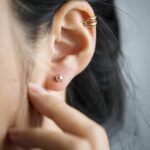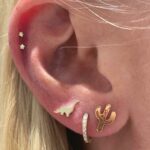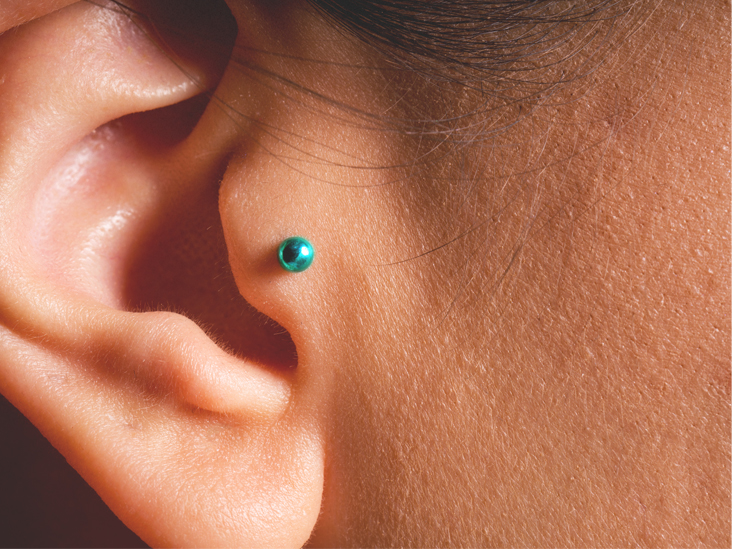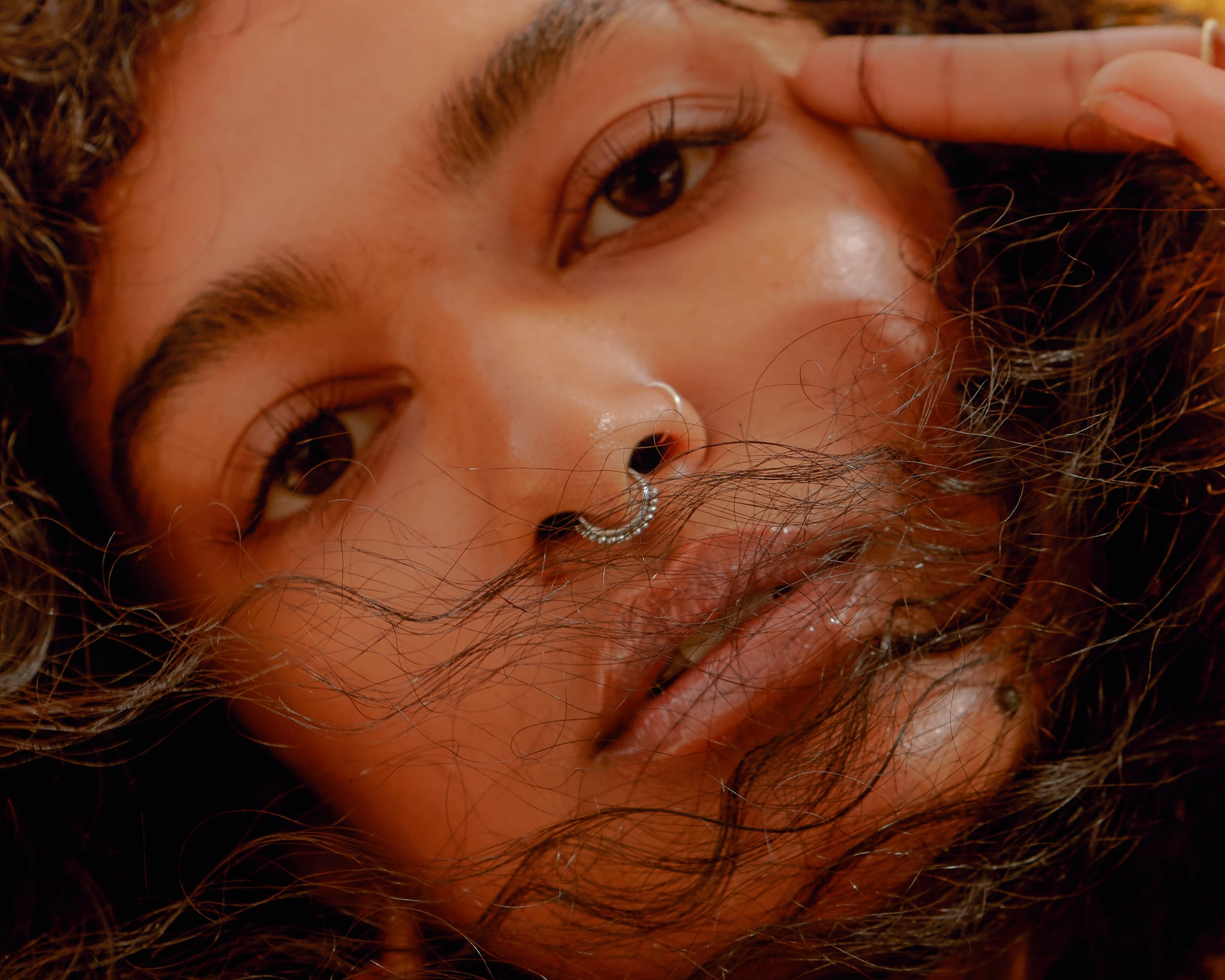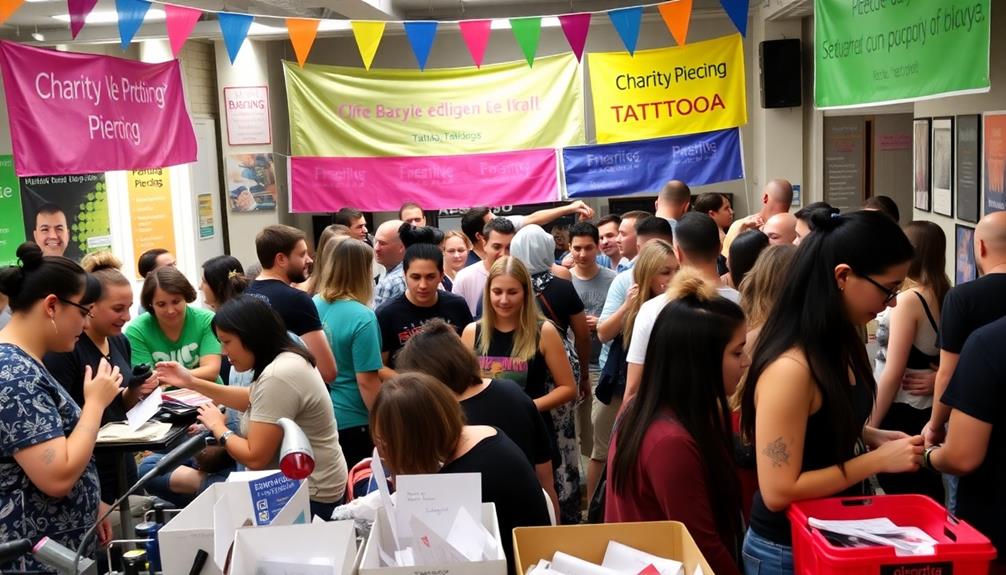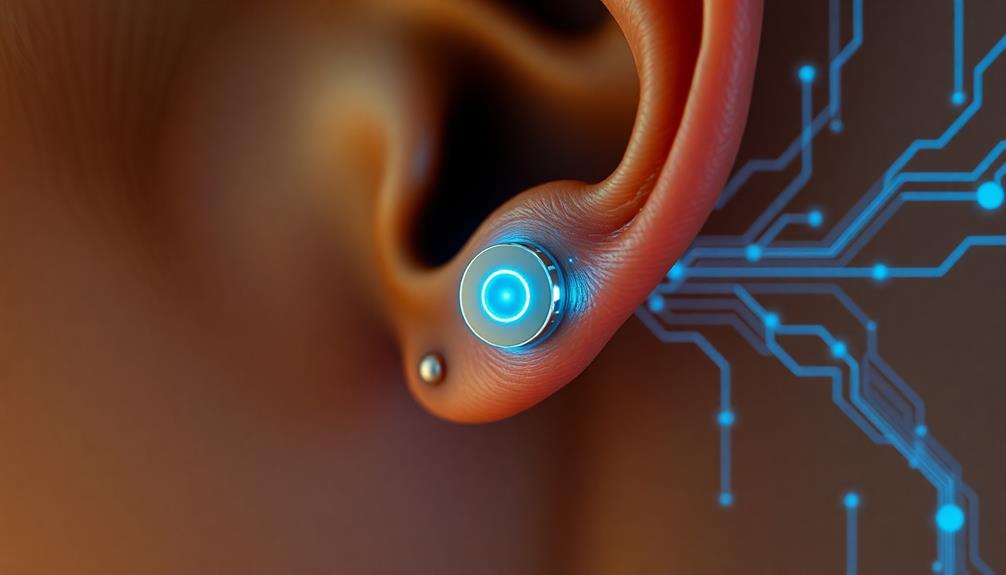If you are interested in the origins of body piercings, their historical background, or the best practices for taking care of your piercing after it’s been done, this article has all the information you need.
Ancient Egyptians
In ancient Egypt, piercings were common. Nearly everyone was buried with some type of adornment. To transfer powers, protect against evil and ward off the evil eye, piercings were used.
Most likely, the earliest piercings were made to express a social identity. Later, they were more elaborately constructed. These included neck, ear, or facial piercings. Some women also had tattoos to increase fertility.
Egyptian jewelry had everything, from simple beads to elaborate pendants. It was made from precious metals and valuable stones. The most popular material for amulets was faience. Faience was produced in a variety of colors. These colors were often associated with solar aspects of the Egyptian religion.
Also, holy statues were adorned with jewelry. A lotus flower was commonly used in temple scenes. Lotus flowers were often held in the hands of men. A lotus flower is believed to symbolize healing.
Egyptians believed that the heart was the centre of emotion. They believed that the heart was the home of a person and needed to be protected. Amulets shaped like scarab beetles were used as seals. They were also used as a form magic. The ancient Egyptians were very interested in the symbolism behind scarabs. They used the symbol to protect against evil and to praise the Sun God Ra.
The Egyptians were keen observers of nature. They were also aware of dung beetles, which push dung balls across the sand. They believed that dung balls were a symbol for fertility. They also incorporated the symbols from hieroglyphic writing into their jewelry designs.
Egyptian jewelry was made from precious metals, semiprecious gemstones, and natural elements. The value of jewelry is often affected by the quality of the workmanship and the status of the owner.
Egyptians were masters at their craft. They made a variety jewelry including hairpins, hair rings, and diadems. It was common to wear earrings in stud and hoop styles. They also created elaborate headpieces. These were popular with both men and women.
Egyptian jewelry was made of gold and other precious metals. It was also made of stone, glass, and clay. It was used to ward off the evil eye, provide protection, and enhance beauty.
Ancient Polynesians
Tattoos were used by the Polynesians to show their identity and status. They were also used to display spiritual power.
Nearly everyone was tattooed in ancient times. The Polynesians believed that tattoos indicated a person’s status within a hierarchical society. They believed tattoos made one more powerful. Polynesians also used tattoo art to demonstrate their sexuality.
Polynesian tattooing began thousands of years ago. The original styles were usually simple repeating patterns. Later, Polynesians created more sophisticated and refined styles.
Polynesian tattoo masters were trained to understand the meaning of each symbol. The masters would memorize each symbol’s meaning and combine them to create a meaning. A turtle symbol could signify good luck, while a lizard symbol could be used to refer to man.
To indicate one’s family history, tattoos were also used. Many societies used ear piercings as a puberty ritual. This ritual was believed by demons to prevent them from entering the body.
Some Pacific regions had jewellery making that was primal, untouched by outside influence. Early Polynesian jewellery was made from bone or wood. It was also difficult because of the migration to island nations.
Premarital sex was very relaxed for Polynesians. They believed that if a person died, their soul would return to their homeland. They believed that the ocean was a guarantee of life.
According to Polynesians, mana was granted by gods according to their social status. Some of these gods appeared to men as lizards. In Polynesian myths, sea creatures like turtles and geckos played an important role.
A Polynesian tattoo can reveal a lot about someone’s past and their position within a tribe. It was also used as a form of socialising. Each Polynesian culture had its own tattooing designs.
In the early 1980s, Polynesian tattooing went through a renaissance. Many lost arts were recovered and revived. The art of Polynesian Tattooing is passed down from father to son.
Polynesian tattoos have been an important part of Polynesian culture for many centuries. European explorers have recorded Polynesian tattoos.
Modern piercing techniques
Piercings have been used throughout history as a method of body modification. They can also be used as decoration. Many cultures have a tradition of piercings. The practice of body piercings is now more common and poses a risk to your health. The process is safer thanks to modern technology and better materials.
Ear piercings are a common body modification. However, there are complications. Infections and allergic reactions can occur, and sometimes rejection can be caused by ear piercings. A person’s tolerance to pain may change depending on where it is done.
Body piercings are a practice that has been around since the beginning of time. Native American and Mesoamerican cultures have been known to manufacture jewellery for piercings. These cultures are believed to have pierced their ears, noses and tongues before the arrival of Europeans.
The practice of body piercings was considered controversial and subversive during the 17th century, and has even been associated with marginal people. Body piercings were often associated with Catholics and other marginalized groups. In colonial times, piercings were used as a way to show superiority over others. However, Christianity became a major block to the progression of piercings.
During the late 20th century, ear piercings became more popular. You can pierce your ears at a variety locations, including the tragus and the earlobe. These piercings are not done with anesthesia. The piercing needle is typically hollow, and the tip is extremely sharp.
Inserting the needle is the first step in piercing. Many piercers use a cannula, which is a hollow tube made of plastic at the tip of a needle. This allows jewellery to be pulled through the piercing.
Another popular procedure is known as dermal anchoring. This involves piercing and implanting. An implant is a permanent opening created by a piercing. These procedures can be performed on almost any part of the body.
The piercing process can take several seconds to several minutes, and healing time can vary depending on the piercing location. It is advisable to consult a professional for piercings.
Aftercare
Aftercare is essential for ensuring safe and effective healing, regardless of whether you have a piercing. Proper aftercare is necessary to prevent infection and alleviate symptoms. It can also help you maintain your piercing’s appearance.
Proper aftercare involves cleaning the piercing using a mild soap free of fragrances and moisturizers. Avoid harsh cleaning products and alcohol. Using alcohol can irritate the piercing and may even reopen it.
During the healing process, a discharge of plasma, lymph and dead cells will occur. These are your body’s natural cleansing processes. You can infect your piercing with bacteria if you pick at the discharge.
Avoiding unhygienic conditions is the best way to prevent infection. For example, avoid sharing cups or plates. Avoid bathing in a tub that has been contaminated with bacteria. Alternatively, you can soak in a tub that has been cleaned after each use.
If you can’t avoid the tub, make sure to rinse your piercings before you go to bed. You can also apply a tea tree oil rinse to the area. Tea tree oil contains alpha-terpineol, which is known for its anti-protozoal and anti-fungal properties.
Another important aspect of piercing aftercare is to avoid excessive piercing. Too many piercings can cause infections. Avoid excessive sun exposure. During the healing process, avoid tanning beds.
If you have a cartilage piercing, you should be careful about sleeping on it. Cysts can form if you sleep on it. Instead, you should avoid sleeping on it for the first few weeks.
Your tattoo’s appearance can be affected by the aftercare routine. A properly lathered soap will not only remove residue, but will also prevent it from drying.
If you are interested in learning more about piercing aftercare, you can check out the Association of Professional Piercers website. You can also ask your piercer for advice. The majority of articles on the internet rely on outdated procedures. These articles are full of fad-based ideas. You should use more appropriate methods than these outdated ones.
I’m Gillian. I love piercings and tattoos- there’s something about the way they make your body look that just makes me happy. I started this blog to share my passion for piercings and tattoos with the world and to help people who are thinking of getting their first piercing or tattoo.
I’ve been writing about piercings and tattoos for a while now on piercings-body.com. I love sharing my knowledge with others and helping people make informed decisions about their bodies.



